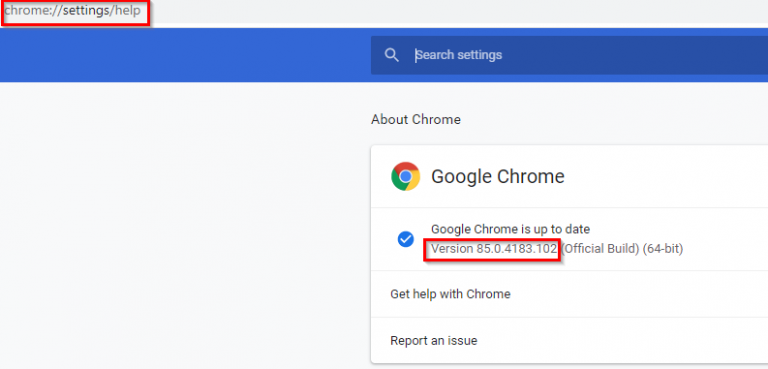

I have not found a convenient way to see a full list of settings to configure, but this is the closest I have yet to come. Below is what I usually add in the “master_preferences”-file. Do you really want all users to be prompted to check the default browser, get a first run introduction and create shortcuts on the desktop? Although this is a standard procedure that most users are familiar with, it is much more convenient (and enterprise) to not get any popups at all. Google Chrome is an application that configure and do many things in the background. Why? Because it is much easier to update a GPO than to update a file on each session host. From Group Policy Management, expand Domains.

I always try to set as much settings as possible in a group policy (GPO) using the ADMX-templates. Setting homepage in Chrome with Group Policy is a 3-step process: Create a new GOP Link GPO to a Container Edit the GPO to set homepage in Chrome Create a new GOP Login to Windows Sever 2016. I will be talking about the first two in this post. There are mainly three ways of configuring settings – Policy based (ADMX-template), master preferences and tags on the shortcut when launching Chrome. Sometimes you can configure the same type of settings on several places and sometimes you only have one place to configure some settings. The problem with configuring Chrome is that there are several ways to set different kinds of settings. Installing Google Chrome is a basic next, next, next installation by using the MSI-file provided here. In this post, I will provide a short tutorial how I usually install and configure Google Chrome for a non-popup seamless experience for your end user. More and more users change from Internet Explorer to a much more convenient browser and they expect to use it in business too. Installing and configuring Google Chrome in a multi-user environment can be everything but easy. Oddly, I couldn't fine anything in Chrome support that mentioned Policy Store, only importing the amd template.: Applications, Virtual Apps and Desktops By Adam Clark Translate with Google ⟶ Now I don't get my extra tabs opening or my home page so I guess I'm going back to importing the template again.

Same as I did before and I removed the template I had imported above. I configure the homepage and startup pages again, the Now I'm using the policies store so I download the latest admx files and copied all required files in to PoliciyDefinitions folder and Google immediately showed up under Administrative Templates. My DC is running 2012 R2 but if you follow the pictures at that Then set up 2 additional tabs with different web pages. One of these startup pages was the home page that I wanted and I had no trouble setting up a Home page and startup pages. A few years ago, I had downloaded the adm template from Chrome and imported the template.


 0 kommentar(er)
0 kommentar(er)
